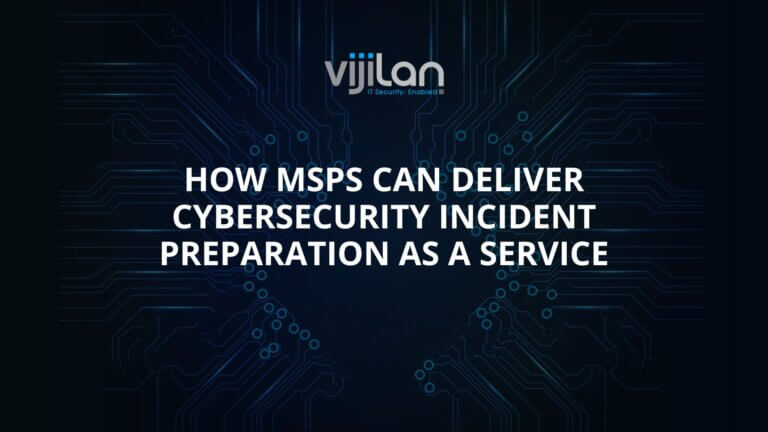As Security Operations (SecOps) continue to evolve and mature, one aspect that remains a constant challenge is staffing. There simply aren’t enough skilled cybersecurity professionals to go around, and organizations struggle to find and retain the talent they need to keep up with the ever-changing threat landscape.
In this fourth part of our “SecOps Simplified” series, we’ll take a closer look at the staffing challenges that organizations face, and some strategies for overcoming them.
The Cybersecurity Skills Gap
The cybersecurity skills gap is a well-documented problem that affects organizations of all sizes and industries. According to a recent survey by (ISC)², there will be a shortage of 1.8 million cybersecurity professionals by 2022. This shortage has several causes:
- A lack of cybersecurity education programs and training opportunities.
- Competition from other industries for skilled technical talent.
- A lack of diversity and inclusion in the cybersecurity workforce.
- The constantly evolving nature of cybersecurity threats, which requires ongoing training and development.
The staffing challenge is particularly acute for small and midsize organizations, which may not have the resources to compete with larger organizations for cybersecurity talent.
Staffing Strategies for SecOps
Despite the challenges, there are several strategies that organizations can use to address their SecOps staffing needs:
- Invest in cybersecurity education and training: One of the most effective ways to build a strong cybersecurity workforce is to invest in education and training. This includes supporting cybersecurity degree programs and certifications, as well as providing ongoing training opportunities for existing staff.
- Leverage managed security services: Managed security service providers (MSSPs) can provide a range of security services, from monitoring and alerting to incident response and remediation. By working with an MSSP, organizations can supplement their in-house SecOps staff with external expertise.
- Outsource lower-level tasks: Another option is to outsource lower-level tasks, such as routine security monitoring and management, to a third-party provider. This frees up internal staff to focus on more strategic and complex security tasks.
- Embrace automation and technology: Automation and technology can help organizations do more with less. Security orchestration, automation, and response (SOAR) tools, for example, can help automate routine tasks and improve response times to security incidents.
- Foster a culture of security: Finally, organizations can foster a culture of security by promoting cybersecurity awareness throughout the organization. This includes providing regular training and education, as well as ensuring that security is a priority at all levels of the organization.
Conclusion
Staffing remains a significant challenge for SecOps teams, but there are strategies that organizations can use to address this challenge. By investing in education and training, leveraging managed security services, outsourcing lower-level tasks, embracing automation and technology, and fostering a culture of security, organizations can build a strong and resilient SecOps team.




